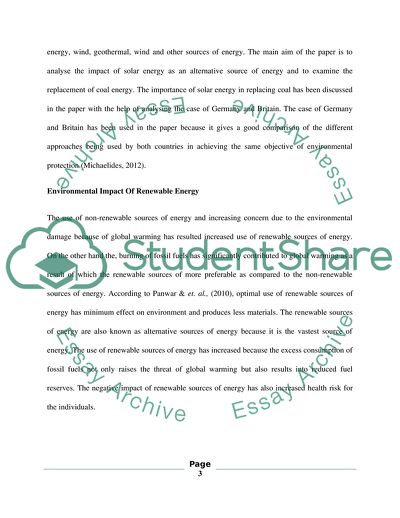Cite this document
(Environmental Decision Making in UK Assignment Example | Topics and Well Written Essays - 5000 words, n.d.)
Environmental Decision Making in UK Assignment Example | Topics and Well Written Essays - 5000 words. https://studentshare.org/environmental-studies/1868798-enviromental-decision-making-in-uk
Environmental Decision Making in UK Assignment Example | Topics and Well Written Essays - 5000 words. https://studentshare.org/environmental-studies/1868798-enviromental-decision-making-in-uk
(Environmental Decision Making in UK Assignment Example | Topics and Well Written Essays - 5000 Words)
Environmental Decision Making in UK Assignment Example | Topics and Well Written Essays - 5000 Words. https://studentshare.org/environmental-studies/1868798-enviromental-decision-making-in-uk.
Environmental Decision Making in UK Assignment Example | Topics and Well Written Essays - 5000 Words. https://studentshare.org/environmental-studies/1868798-enviromental-decision-making-in-uk.
“Environmental Decision Making in UK Assignment Example | Topics and Well Written Essays - 5000 Words”. https://studentshare.org/environmental-studies/1868798-enviromental-decision-making-in-uk.


